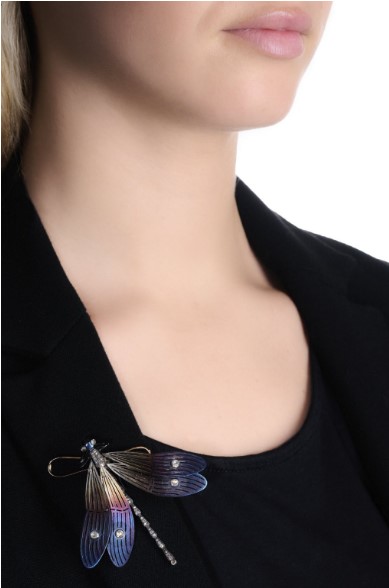Understanding Blue Pearls
 Origin isn't everything when it comes to gemstones, but it often unlocks a fascinating story. The Blue Pearl, otherwise known as the Pacific--or--New Zealand Blue Pearl has a doozy of a back story.
Origin isn't everything when it comes to gemstones, but it often unlocks a fascinating story. The Blue Pearl, otherwise known as the Pacific--or--New Zealand Blue Pearl has a doozy of a back story.Consumer frenzy over exotic pearls has made pearl farmers clamor for more rare types of marine gems.
Consider the Blue Pearl. Unlike pearls of bi-valve origin, this highly iridescent gem is borne of a mono-valve. That's right. This unique pearl variety has been successfully cultivated for about 20 years now from none other than a local New Zealand hybrid of abalone. That's no baloney.
Yep, its distinct formation as a semi-orbed pearl is the result of its cultivation within the interior single shell of a local abalone, called a Paua. Spherical pearls grow in the tissue of the mollusk. The Blue Pearl develops on the single abalone wall, hence its recognizable half round shape.
The successful farming of this exotic marine mollusk is money for jewelry designers. Its half-round shape makes the electrifying gem ideally suited for pendant earrings or elaborate neck wear. The flat underside allows the jewelry to rest beautifully against the neck and fall gracefully from the ear lobe.
A splendid Paua Blue Pearl pendant shown here is artfully accented by Ellerston pink sapphires; available at Opal Pacific, Ltd in Auckland, NZ.


Comments